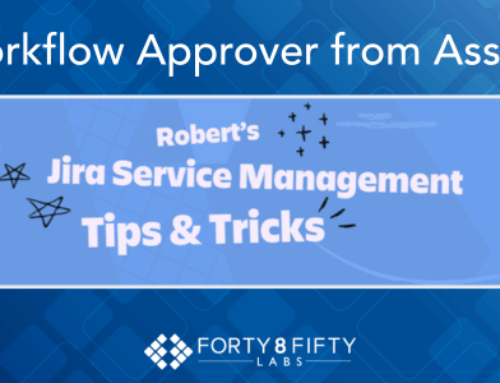Redefining Work with Strategic Automation
The rise of Robotic Process Automation (RPA) is reshaping how businesses operate. Engineered to do more than automate tasks, they redefine how work is done. This liberates your workforce from routine, time-consuming activities, allowing them to focus on what really matters. Here are the top 10 benefits of adding RPA to support your team:
- Enhance Productivity – Think of RPA bots as digital assistants. It might take humans days or weeks to perform certain menial administrative tasks. Que adding a digital assistant. These bots can quickly complete monotonous tasks, allowing your employees to finish their work faster, focusing on tasks only humans can do.
- Enhance Security – Cybersecurity and data privacy are critical, especially in highly regulated fields. RPA solutions reduce the number of human employees interacting with sensitive data, preventing data leaks or breaches. RPA can also guard against unauthorized access by activating account logouts and asking for two-factor authentication protocols.
- Ensure Accuracy – Accuracy comes with consistency and quality. RPA takes over tasks most prone to human error, such as data entry or form filling, improving the output quality by operating with 100% error-free accuracy.
- Optimize Resources – By adopting RPA, organizations can allocate financial and human resources to more strategic tasks. RPA handles a larger amount of work in a shorter period, resulting in faster delivery and allowing resources to focus on more effective tasks. RPA software bots can also cut costs. Operating 24/7 and efficiently managing repetitive tasks reduces human errors that may lead to costly rework and speeds up the time to value, allowing people to spend more time on value-driven work.
- Scale With Your Needs – RPA helps your business grow by increasing your task capacity. With better quality output, demand is likely to increase. By implementing RPA best practices, organizations can optimize business processes that scale across entire workflows, connecting systems, departments, and people.
- Improve Customer Satisfaction – Delivering better quality products or customer services improves interactions, enhancing brand loyalty. One small mistake can significantly impact customers, but timely responses and high-quality products or services increase customer recommendations and repeat business.
- Leverage Analytics – RPA provides organizations with accurate data from various sources, leading to improved analytics. With Intelligent Automation (IA), organizations gain real-time insights into their automated processes, ensuring alignment with strategic business outcomes. RPA insights include work volume, errors, cycle times, and exceptions.
- Improve IT Support – RPA is applicable across any industry or task. It improves the operational quality of your IT teams by automating the process behind monitoring networks, allowing companies to handle short-term spikes without extra time or staff.
Finding the Right Robotic Process Automation (RPA) for Your Business
The next step on your RPA journey is researching the right RPA for your business. With so many various offerings on the market today, it can get overwhelming. Here are five things to keep in mind when selecting your RPA provider:
- Strategic Process Assessment – Receiving an outside report of tasks best suited for automation is incredibly beneficial. This allows you to look internally and assess where your most significant bottlenecks hide.
- Custom Bot Development and Deployment – Find a company specializing in developing and deploying bots that mimic human actions. These bots will seamlessly integrate into your workforce, performing tasks with accuracy and speed, from data entry to data extraction.
- Continuous Improvement – Avoid companies with a one-and-done method. When done correctly, RPA services will go beyond simple automation and continuously learn and improve.
- Adaptable Integration – Seamless integration is paramount. Find an RPA service that integrates bots into your existing systems. Whether it’s ERP systems, CRMs, or legacy applications, RPA solutions can and should work in tandem with your technology and team.
- Security at the Forefront – Security and compliance must work hand-in-hand with automation. From access controls to encryption, ensure your provider safeguards your RPA initiatives against potential threats.
Opportunities are endless when you transform your operations with robotic precision. RPA allows you to redefine how work is done, freeing up time, money and allowing employees to focus on business-building innovations and activities. If you are considering taking the next step, let’s discuss the best way to integrate virtual workers into your team. Connect today to explore how our experts can shape your strategic robotic process automation programs.
Related Posts:
3 Ways to Improve End-to-End Efficiency with Intelligent Automation






